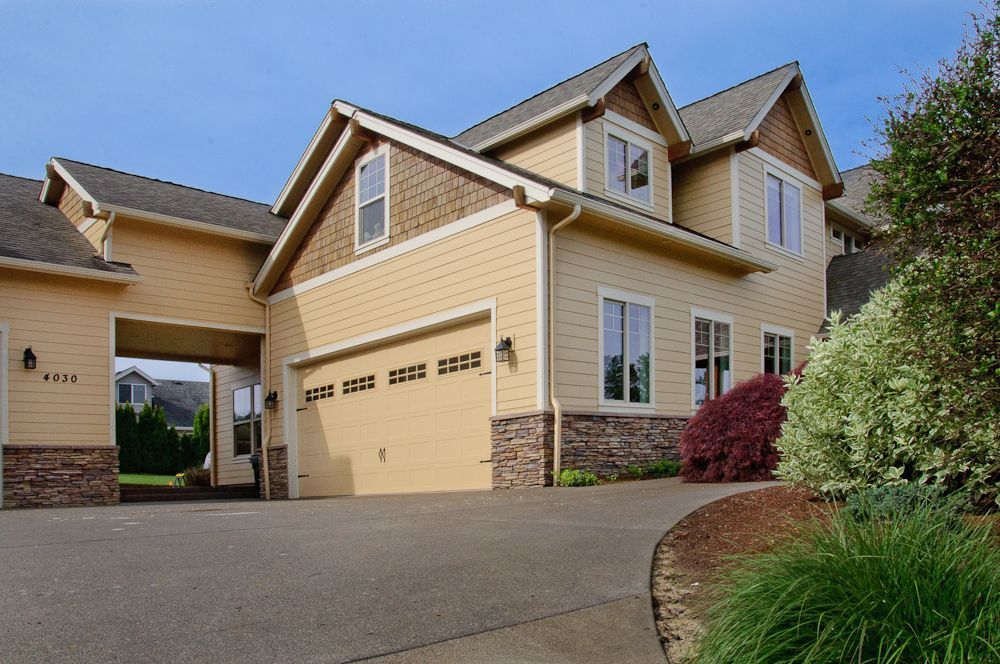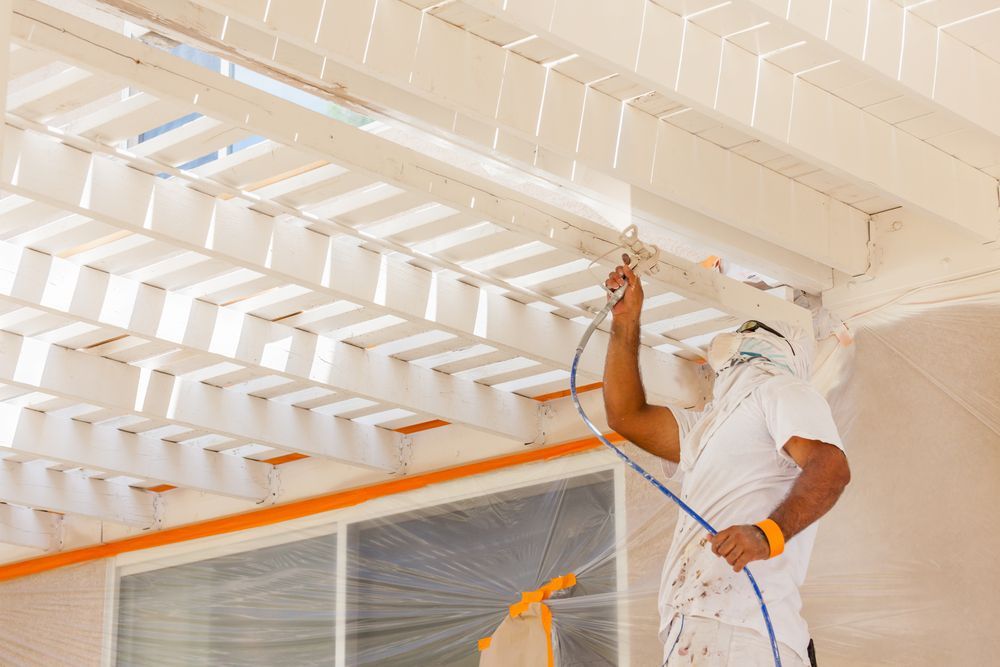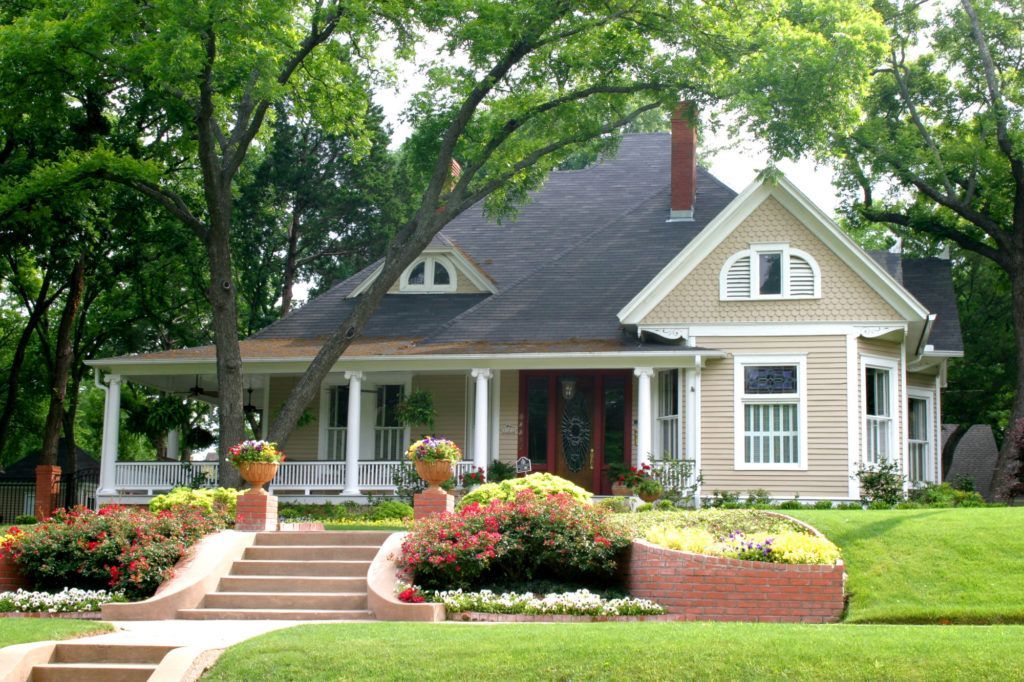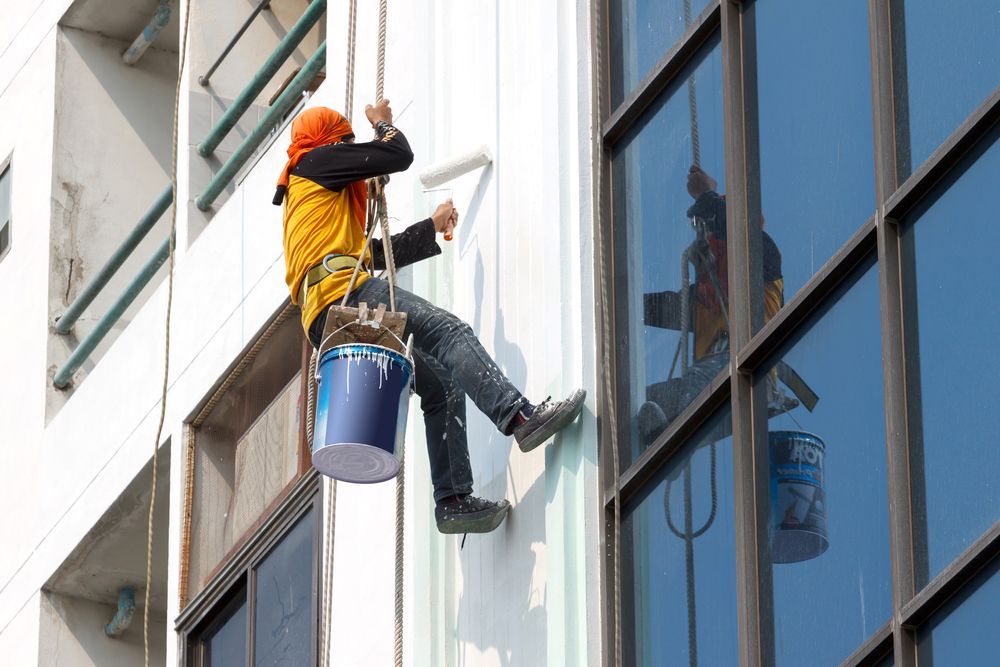Different Types of Deck Railings
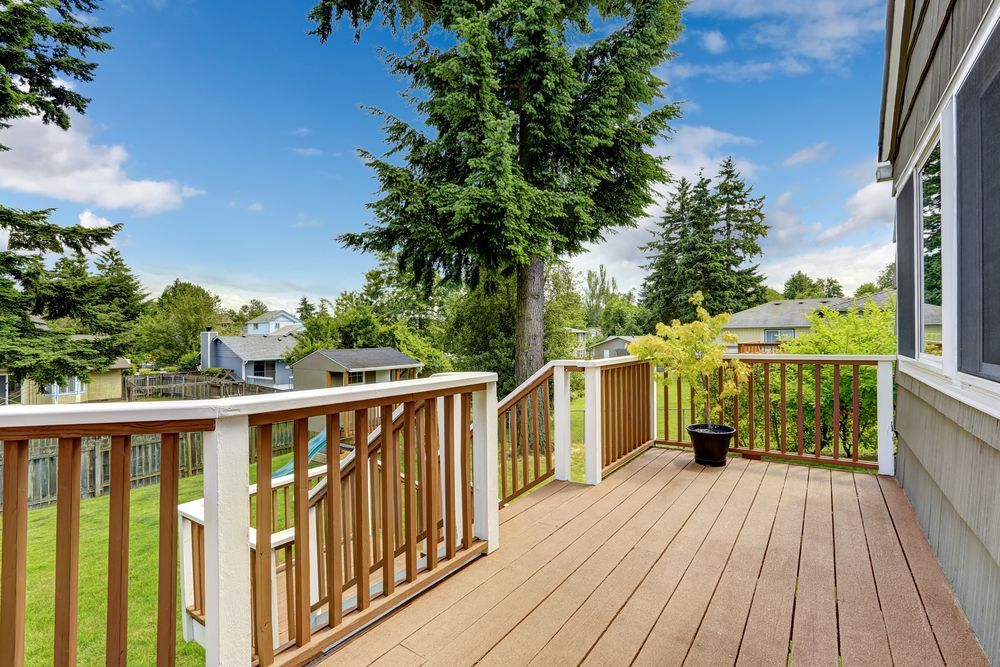
Home-ownership is as rewarding as it is, partly because it requires a person to take a zoomed-in tour of everything that makes a house work . What siding material do you want? What color should it be? What idiosyncrasies about your chosen material will you have to keep in mind?
In the same way, taking a deck in the backyard from an idea to a party destination is a process that comes with lots of questions a homeowner would never think of if they didn’t have to. Like siding, you have to decide on a material and color; unlike siding, you also have to decide on a railing style.
There are many types of deck railing ; this article will examine three of the most popular: wood, glass, and composite.
Wood Deck Railings
Of course, the most traditional material to craft a deck railing out of is wood. When people choose this classic option, they usually use redwood, mahogany, cedar or a pressure-treated wood.
Redwood is naturally insect-resistant and among the most durable options–think the Redwood Forest in California, renowned for its ancient and remarkably healthy trees. It’s a bit more expensive than other woods, but its low-maintenance nature, long-haul durability and natural beauty can make it well worth the added cost.
Mahogany is another very durable option, though it tends to lose color a bit faster than redwood. Many of us prefer to look at especially dark mahoganies, which is perfect because the darker shades of mahogany make for more rot-resistant deck railings.
Cedar is perhaps the most popular natural wood for deck railings. It’s durable, but needs to be retreated every two to three years, which tends to keep its price per square-foot down.
Finally, pressure-treated wood is most popular because of how easy it is to work with, low cost, and virtually nonexistent maintenance requirements. It can be stained, painted and sealed however you like–in fact, unless you have a particular affinity for the other wood options for your deck railings, pressure-treated lumber will probably be your best option.
Metal Deck Railings
Another beautiful option for a deck railing is metal–be it steel, aluminum, or iron.
Steel is plenty strong, but more susceptible to rust than aluminum and iron. There are some finishes that can be applied to steel deck railings to keep rust at bay, but overall, this is an option that may be best only for those who particularly enjoy keeping an eye on things around the house and conducting somewhat regular maintenance.
Aluminum is often the best choice for deck railings. It naturally resists rust and can stand up to weather better than many materials. For a low-maintenance metal deck railing, make sure to look into aluminum.
Iron is the material we tend to see with Victorian homes. It requires the most maintenance of any metal deck railing and should pretty much only be used if your heart is set on that that sort of niche look.
Glass Deck Railings
Like iron, a glass deck railing provides an instantly recognizable look–and if you frame it in aluminum, it may be significantly lower-maintenance. Glass is a beautiful option if you can find a design you like. Sometimes clear plate glass is perfect; sometimes stained glass is what you need to give your deck that unforgettable look that friends will talk about after they leave your house.
If you’d like a glass deck railing, do some searching for the right design. Whereas one cedar deck railing may not look drastically different from another cedar–or even mahogany deck railing–two glass deck railings can appear totally different from each other.
Different Types of Deck Railings–Which to Pick?
Ultimately, the whole question comes down to taste–taste for design and taste for maintenance. The many available options make this stage of work on a house or deck exciting. You can’t help but customize this part of your house, simply by making a decision!





